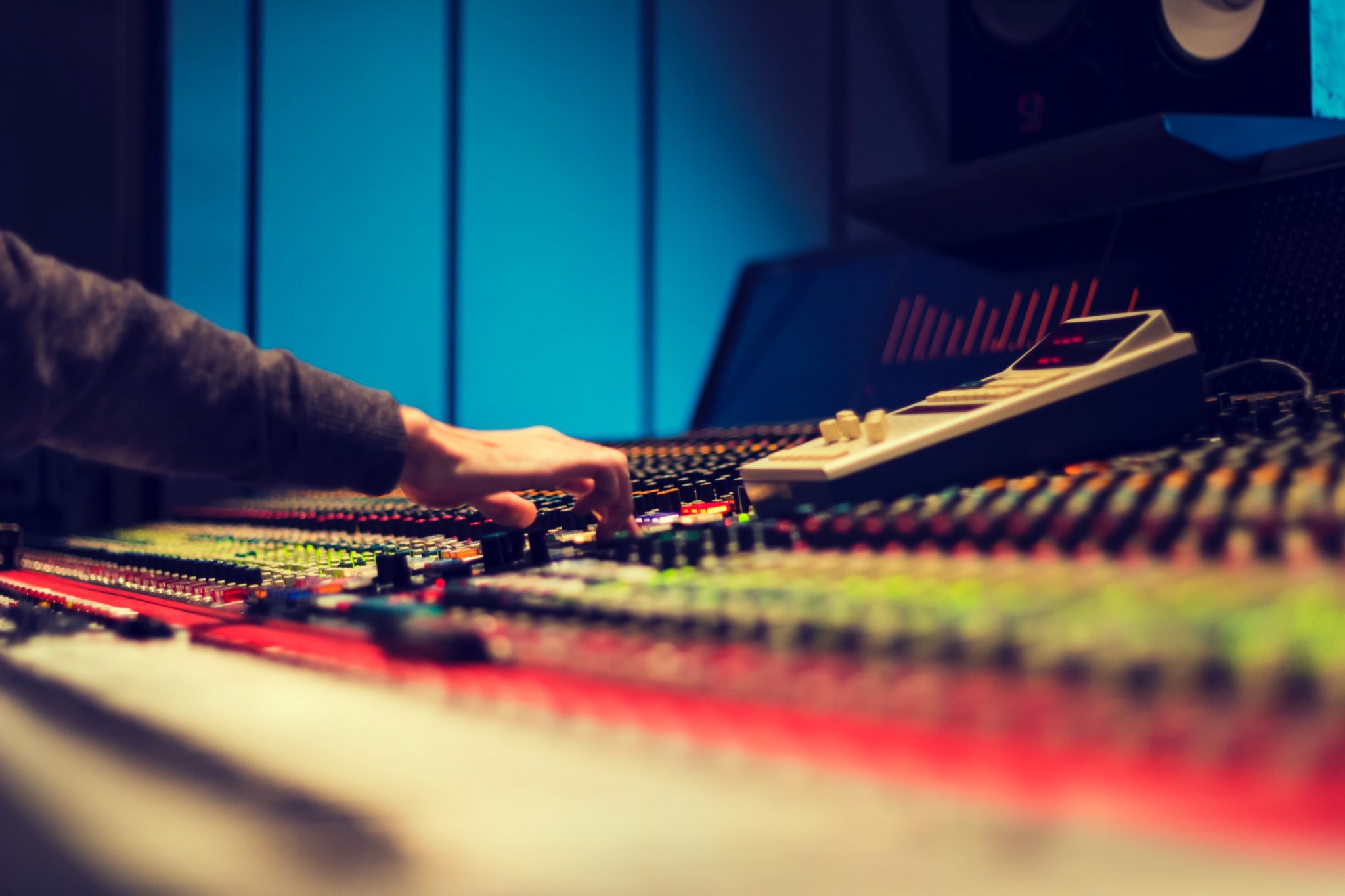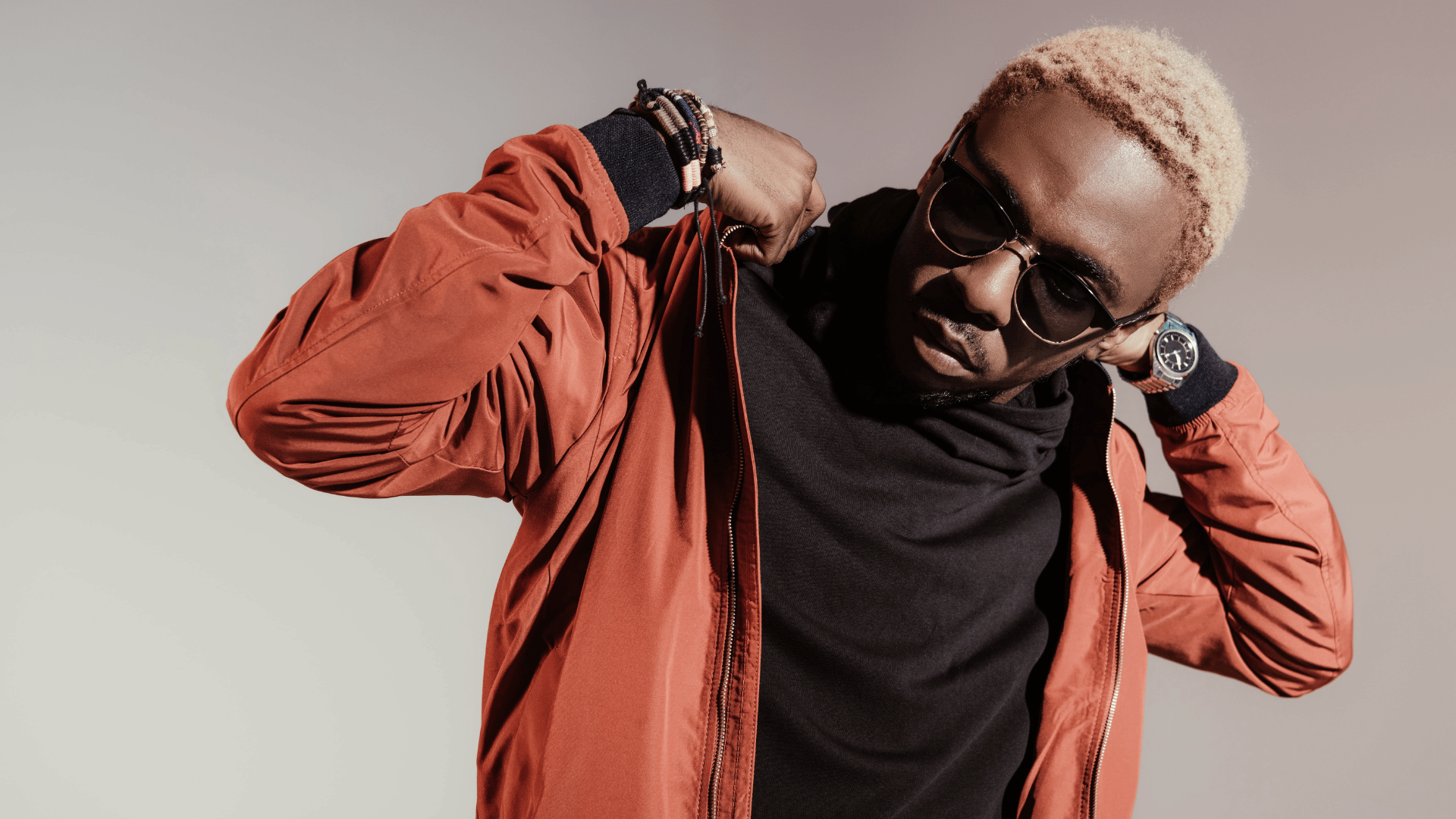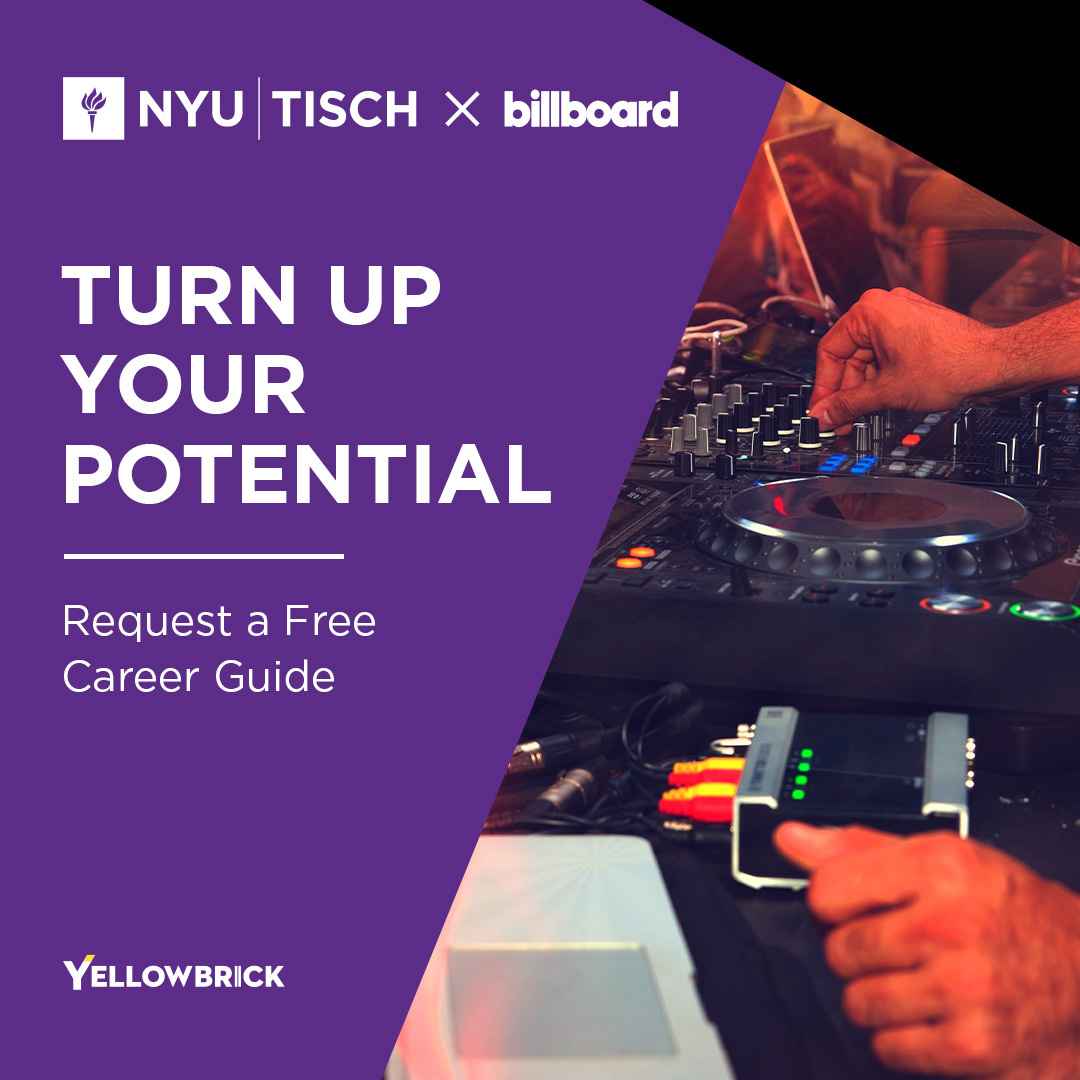When creating an evening-length show, you want to make sure that the audience listens to your story. The audience should retain their energy in the best way possible. I try to help my students construct the event as best as possible by sequencing their songs. It is because it’s a vital element of success in music education including online music education.
“It was weird because I drew up the setlist maybe months before we start rehearsing because we had to figure out what we’re going to do for all the filmed visuals. We never changed the setlist, which is bizarre because that always happens,” says Billy Corgan.
“I spent a lot of time finding a balance between the songs people would want to hear and the songs that I think would tell our story. Our stories, as fans know, is just as much about the deep cuts in the album as the singles.”
“There are different elements of the sequence among various artists. Some genres of music, like singer-songwriters and folk musicians, like to create intimacy by speaking to the audience. It is essential for some people. Sometimes, it takes the crowd down in energy for a dance artist or a pop artist.”
“We need to figure out where those energy pockets need to be put. Also, we should figure out where we need to burst out of that with an explosion. Taking all the songs that the class is working on, putting them in order, continually moving them around, and finding the best way to make it work is one workshop that we do in the class.”
“I change my setlist and the way that we’ll go about a gig depending on the vibe I’m getting from the room,” says Gary Clark Jr.
“Each artist has a different way of playing with the audience’s emotions. Where that comes from is you guessed its authenticity. It’s important to identify yourself to know what the audience likes about you and what you want to get to the audience.
For the most part, when you’re yourself onstage, the audience will love it. The other day, I was playing a show myself, and I tend to be vulnerable on stage. My true self is someone pretty, shy, and insecure sometimes.”
“We played a song. Then somebody said, you guys are good. I said, are we good? Everybody laughed. I created this space for everyone to enjoy this moment of vulnerability in a comedic way.”
“Some people might dislike it. Some people might say, oh, you can’t be insecure. It would help if you were confident. The truth is, creating that vulnerability with the audience is essential. It is because we want them to know that we’re in a safe space and that we trust them. This kind of energy exchange is significant.”
“For some DJs, it’s crucial to have an energy exchange. The more you put out, the more they give you back the ability to work in the structure of the night of DJ set-ups, and the downs-the audience wants to go on that journey with you.
We can kind of pull into live performance as well since there is a journey of the evening. If the audience is right there with you, they will experience all the ups and downs too.”



